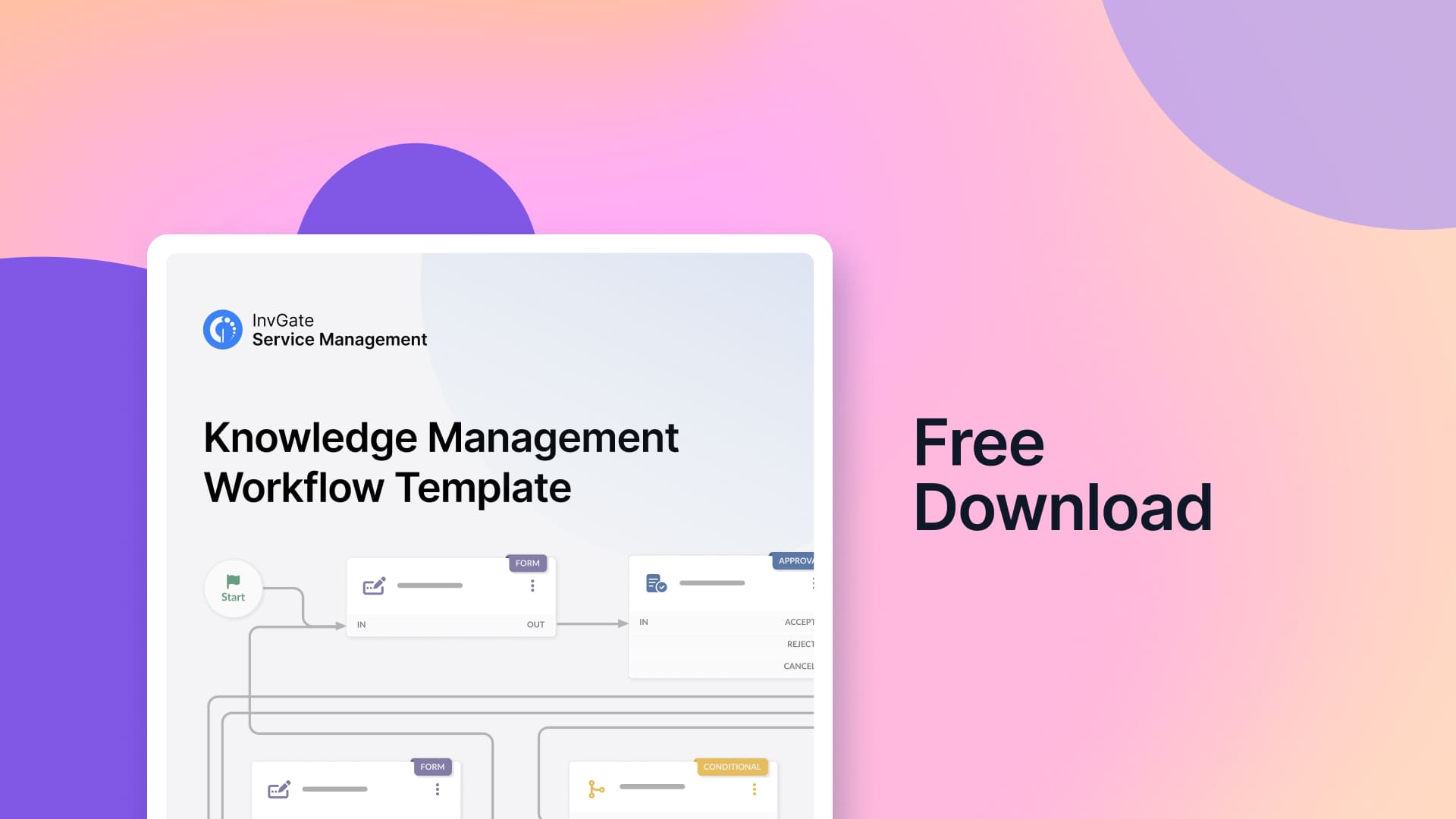Organizations are constantly seeking ways to enhance efficiency and drive innovation. One powerful model that has stood the test of time is the People, Process, Technology (PPT) framework.This framework emphasizes the interdependence of three critical elements: people, processes, and technology. By aligning these components effectively, businesses can achieve organizational efficiency, operational excellence, and a competitive edge.
In this article, we will explore the intricacies of the PPT framework, its historical context, core principles, practical applications, and tips for implementation. So, settle in and let’s dive into the world of People, Process, and Technology!

What is the People, Process, Technology (PPT) framework?
The PPT framework is a strategic model designed to enhance organizational performance by harmonizing three essential components: people, processes, and technology. Each of these three elements plays a vital role in achieving organizational goals, and their synergy is crucial for success.
-
People: This refers to the human capital within an organization. Employees, managers, and stakeholders are responsible for driving innovation, making decisions, and executing tasks. Their skills, motivation, and engagement are fundamental to the framework’s success.
-
Process: Processes are the systematic approaches that structure and streamline operations. Well-defined processes ensure that tasks are executed efficiently and consistently, leading to improved productivity and quality.
-
Technology: Technology encompasses the tools and systems that support and amplify human efforts and processes. By leveraging technology, organizations can automate routine tasks, enhance communication, and facilitate data-driven decision-making.
The People, Process, Technology framework is often visualized as a golden triangle or a three-legged stool. If one leg is weak or unbalanced, the entire structure becomes unstable, leading to inefficiencies and challenges in achieving business objectives. That's why it is essential to integrate new technology with existing processes and personnel to enhance overall efficiency and innovation while minimizing unnecessary costs.
![The Definitive Guide to ITSM Frameworks [+Free Downloadable Cheat Sheet]](https://blog.invgate.com/hubfs/itsm-frameworks-1.jpg)
Context and history of the PPT framework
The roots of the PPT framework can be traced back to the early 1960s when business management expert Harold Leavitt introduced his "Diamond Model." This model represented the interdependencies among four components: structure, people, technology, and tasks.
Over time, structure and tasks were combined into the concept of processes, which solidified the three elements we recognize today.
The framework gained prominence in the 1990s, particularly in the fields of information technology and Change Management. Bruce Schneier, a noted computer security expert, emphasized the importance of aligning people, processes, and technology to achieve effective Change Management and organizational success.
As businesses evolved, the People, Process, Technology framework adapted to address contemporary challenges, including digital transformation, cybersecurity risks, and the need for agile methodologies.
Today, it remains a go-to model for organizations seeking to navigate complex business environments and drive sustainable growth.
Core principles of the PPT framework
Understanding the core principles of the PPT framework is essential for its successful implementation. Each component—people, process, and technology—must be aligned and integrated to create a cohesive strategy and have a real impact in organizational efficiency.
People
The people component focuses on the human capital within an organization. Key principles include:
-
Skill assessment: Identify the skills, knowledge, and experience needed to achieve organizational goals. This involves building a diverse team that can adapt to changing circumstances and challenges.
-
Training and development: Provide adequate training and support to empower employees. Continuous learning opportunities foster a culture of improvement and innovation.
-
Engagement and motivation: Cultivate an organizational culture that embraces change and encourages collaboration. Understanding what motivates employees can enhance their performance and commitment.
Process
The process element emphasizes the importance of well-defined workflows and procedures. Key principles include:
-
Streamlining operations: Review existing processes to identify inefficiencies and bottlenecks. Simplifying workflows can lead to improved productivity and reduced operational costs.
-
Documentation and standardization: Establish clear documentation for processes to ensure consistency and clarity. Standardized procedures help in training new employees and maintaining quality.
-
Continuous improvement: Foster a mindset of continuous improvement by regularly evaluating and refining processes. This approach encourages organizations to adapt to changing market conditions and customer needs.
Technology
The technology component focuses on leveraging tools and systems to enhance organizational performance. Key principles include:
-
Integration and compatibility: Ensure that technology solutions integrate seamlessly with existing processes and workflows. This reduces friction and enhances user experience.
-
Data-driven decision making: Utilize technology to gather and analyze data for informed decision-making. Data insights can drive strategic initiatives and improve operational efficiency.
-
Innovation and adaptability: Stay abreast of emerging technologies and trends that can enhance business operations. Embracing innovative solutions can provide a competitive advantage in the marketplace.
How to start your People, Process, Technology journey? 5 useful tips
A balanced interaction among people, processes, and technology is essential for achieving successful business operations. Embarking on a journey to implement the PPT framework requires careful planning and execution. Here are five useful tips to get started:
-
Assess your current state: Begin by evaluating your organization’s existing people, processes, and technology. Identify strengths, weaknesses, and areas for improvement.
-
Engage key stakeholders: Involve key stakeholders from various departments in the planning process. Their insights and perspectives will help create a comprehensive strategy that aligns with organizational goals.
-
Set clear objectives: Define clear objectives for your PPT implementation. Establish measurable goals that can guide your efforts and track progress.
-
Invest in training: Provide training and resources to empower employees with the skills needed to navigate changes effectively. A well-prepared workforce is crucial for successful implementation.
-
Monitor and adapt: Continuously monitor the effectiveness of your People, Process, Technology strategy. Be open to feedback and adapt your approach as needed to ensure ongoing improvement and success.
5 use cases of the People, Process, Technology framework
The People, Process, Technology framework can be applied in various contexts to drive organizational success. Here are three practical use cases:
Use case #1: Improving Knowledge Management practices
-
People: Assess the knowledge sharing culture within the organization. Are employees encouraged to collaborate and share their expertise?
-
Process: Establish clear processes for capturing, storing, and retrieving knowledge. Ensure that knowledge management is integrated into daily workflows.
-
Technology: Implement a Knowledge Management System that facilitates the storage, search, and retrieval of information. Provide training to employees on how to effectively use the system.

Use case #2: Enhancing Project Management efficiency
-
People: Evaluate the project management skills of team members. Provide training and support to ensure they are equipped to handle project complexities.
-
Process: Standardize project management processes across the organization. Establish clear roles, responsibilities, and communication channels.
-
Technology: Utilize Project Management software that enables collaboration, task tracking, and resource allocation. Integrate the software with other business systems for seamless data flow.
Use case #3: Driving continuous process improvement
-
People: Foster a culture of continuous improvement by encouraging employees to identify and suggest process enhancements.
-
Process: Implement a structured approach to process improvement, such as Lean or Six Sigma methodologies. Regularly review and refine processes based on performance data and employee feedback.
-
Technology: Leverage data analytics tools to gather insights into process performance. Use visualization techniques to identify bottlenecks and opportunities for improvement.

Use case #4: Enhancing cybersecurity posture
-
People: Provide comprehensive cybersecurity training to employees, covering topics such as phishing, data protection, and incident response.
-
Process: Develop and regularly update cybersecurity policies and procedures. Ensure that they align with industry standards and regulatory requirements.
-
Technology: Implement robust cybersecurity solutions, such as firewalls, antivirus software, and intrusion detection systems. Keep these technologies up-to-date and monitor them for potential threats.

Use case #5: Driving innovation through collaboration
-
People: Foster a culture of innovation by encouraging cross-functional collaboration and idea sharing. Provide resources and support for employees to experiment with new ideas.
-
Process: Establish innovation-focused processes, such as design thinking workshops and hackathons. Ensure that these processes are integrated into the organization's overall strategy.
-
Technology: Utilize collaboration tools and platforms that enable employees to share ideas, work together on projects, and receive feedback. Provide training on how to effectively use these tools.
Conclusion
The PPT framework offers a holistic approach to organizational management, emphasizing the critical interplay between its three core components. By aligning people, processes, and technology, businesses can enhance efficiency, drive innovation, and achieve sustainable growth.
As organizations navigate the complexities of today's business environment, embracing the PPT framework can provide a roadmap for success. Remember, the journey begins with a thorough assessment, stakeholder engagement, and a commitment to continuous improvement.
So, are you ready to embark on your PPT journey?
Frequently Asked Questions
1) What is the People, Process, Technology framework?
The PPT framework is a strategic model that emphasizes the interdependence of people, processes, and technology to enhance organizational performance and drive innovation.
2) How can organizations implement the People, Process, Technology framework?
Organizations can implement the PPT framework by assessing their current state, engaging key stakeholders, setting clear objectives, investing in training, and continuously monitoring and adapting their strategies.
3) What are some use cases for the People, Process, Technology framework?
The PPT framework can be applied in various contexts, including customer relationship management, project management, and organizational transformation, to drive efficiency and improve outcomes.
4) Why is the People, Process, Technology framework important for digital transformation?
The PPT framework provides a structured approach to aligning people, processes, and technology, which is essential for successful digital transformation and achieving organizational goals.















